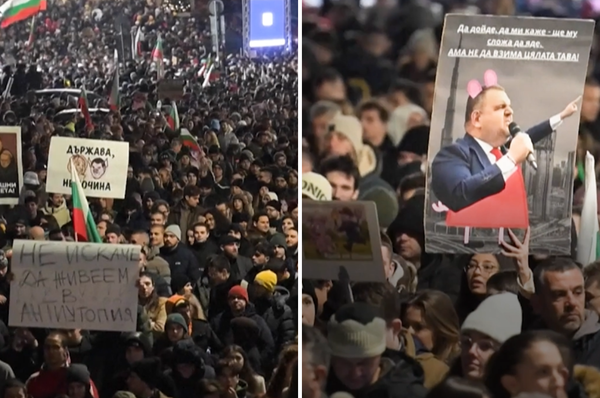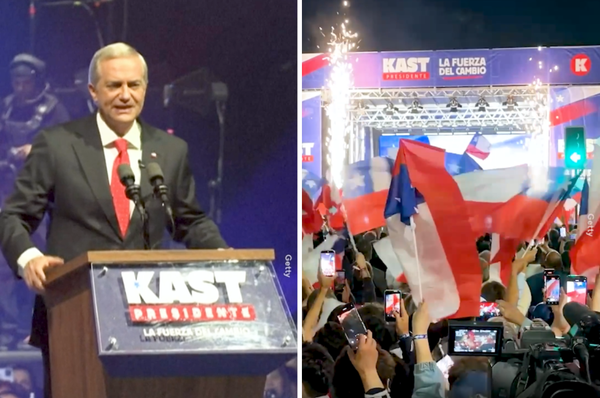Why Is Israel Bombing Hospitals And Refugee Camps Even Though There Are Civilians Inside?
We examine Israel’s reasoning for repeatedly bombing hospitals, refugee camps and civilian areas in Gaza.
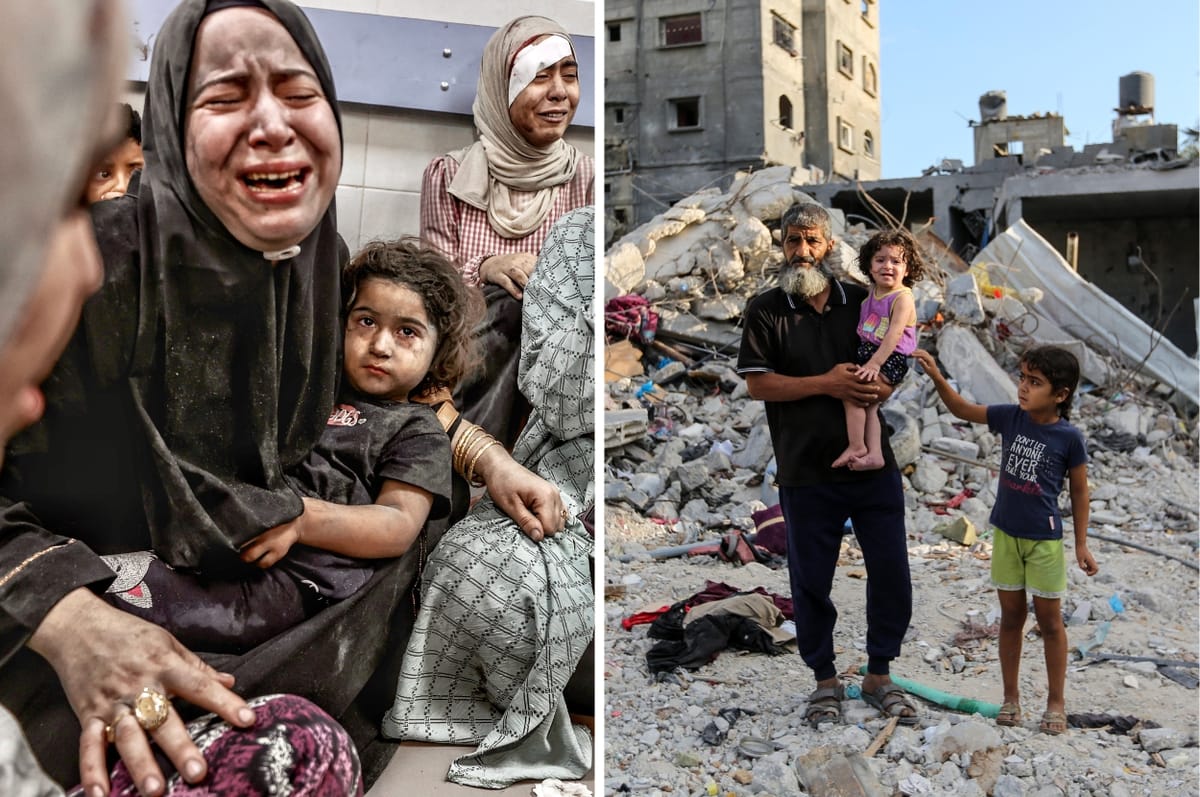
Since Hamas launched its surprise attack on Israel on Oct. 7, killing 1,200 people and taking more than 200 people hostages, Israel has been bombing refugee camps and hospitals across Gaza despite criticism from the international community.
We examine its reasoning.

On Oct. 7, Palestinian militant group Hamas launched a surprise attack on Israel, taking around 240 hostages, according to the Israeli government.
Since then, Israel has declared war on Hamas, refusing a ceasefire unless its hostages are freed and the Hamas military is dismantled.
According to the Israeli government, the hostages are being held somewhere in a 500-kilometer underground tunnel network built by Hamas.
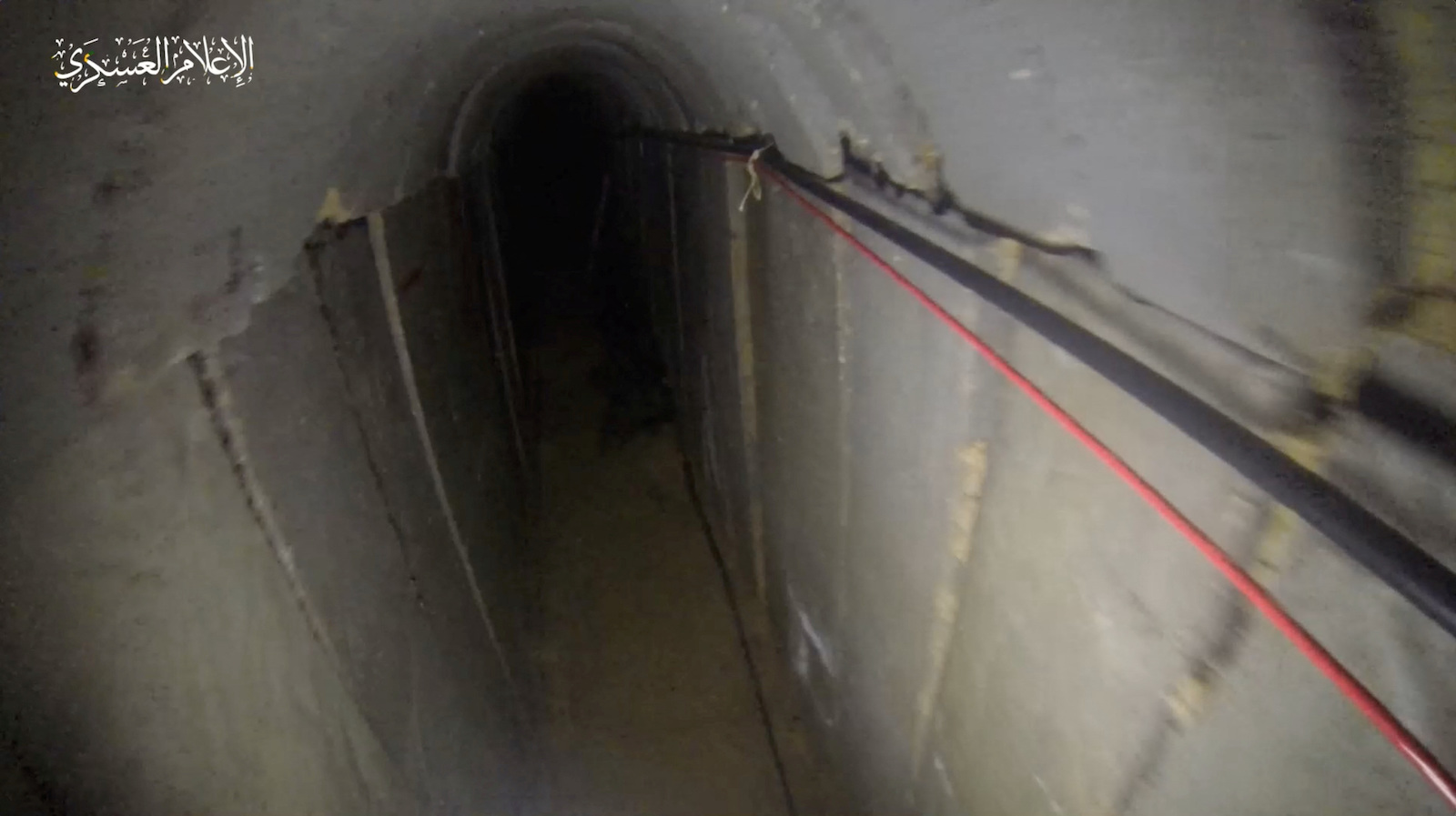
Israeli intelligence says the tunnel network runs below civilian areas in Gaza, including refugee camps and hospitals, and there are allegedly rocket launching sites and command centers underground.
An Israeli official told Reuters that attacking the tunnel network will lure Hamas soldiers out to fight in the open.
On October 31, Israel bombed Gaza’s largest refugee camp, Jabalia, three times in three days, killing at least 224 people.
Israel said the attacks destroyed underground military facilities and killed top Hamas commanders, but Hamas has denied the commanders were at the refugee camp.
Five out of eight refugee camps in Gaza have been targeted since Oct. 7, according to data compiled by Reuters.
Israel has also repeatedly attacked several hospitals, accusing Hamas of building military headquarters underneath and using civilians as human shields.
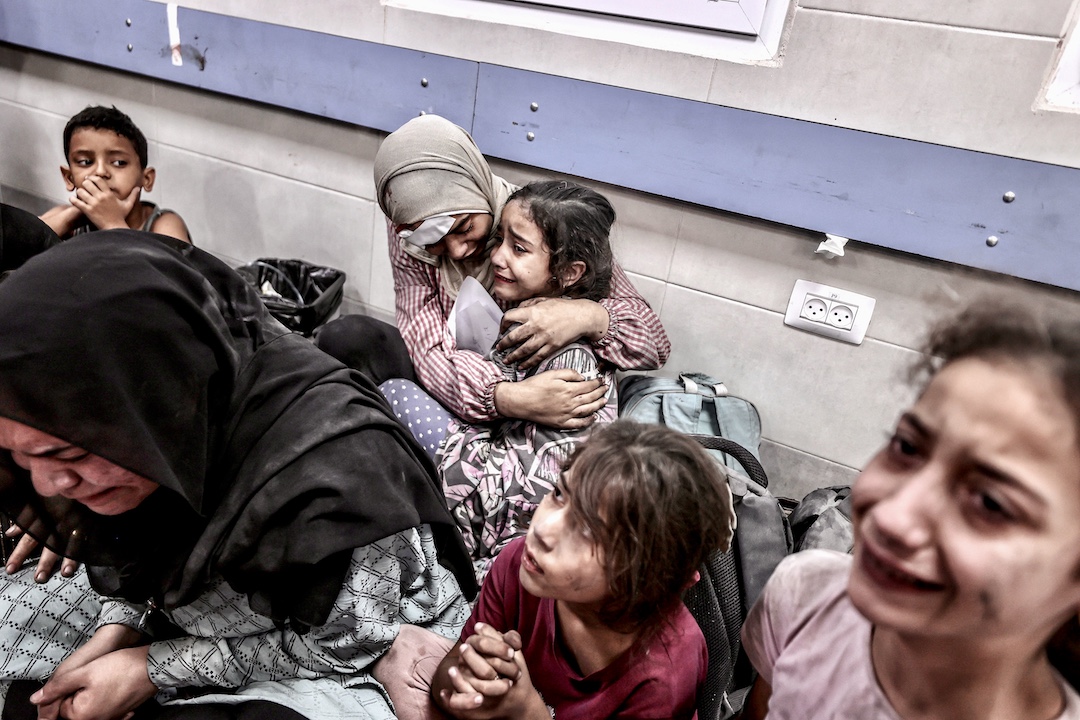
Hamas and hospital officials have denied that it is using hospitals like this.
At least 16 out of Gaza’s 35 hospitals are now no longer operating due to Israeli attacks or lack of electricity.
And as of Monday Nov. 13, Gaza’s largest hospital, Al-Shifa, is under siege, with Israeli tanks and snipers surrounding the building and reportedly shooting people who try to enter or leave.
Hundreds of patients, healthcare workers and civilians, remain trapped inside Al-Shifa without food, water or electricity, which has resulted in at least 9 patients and 6 premature babies dying.
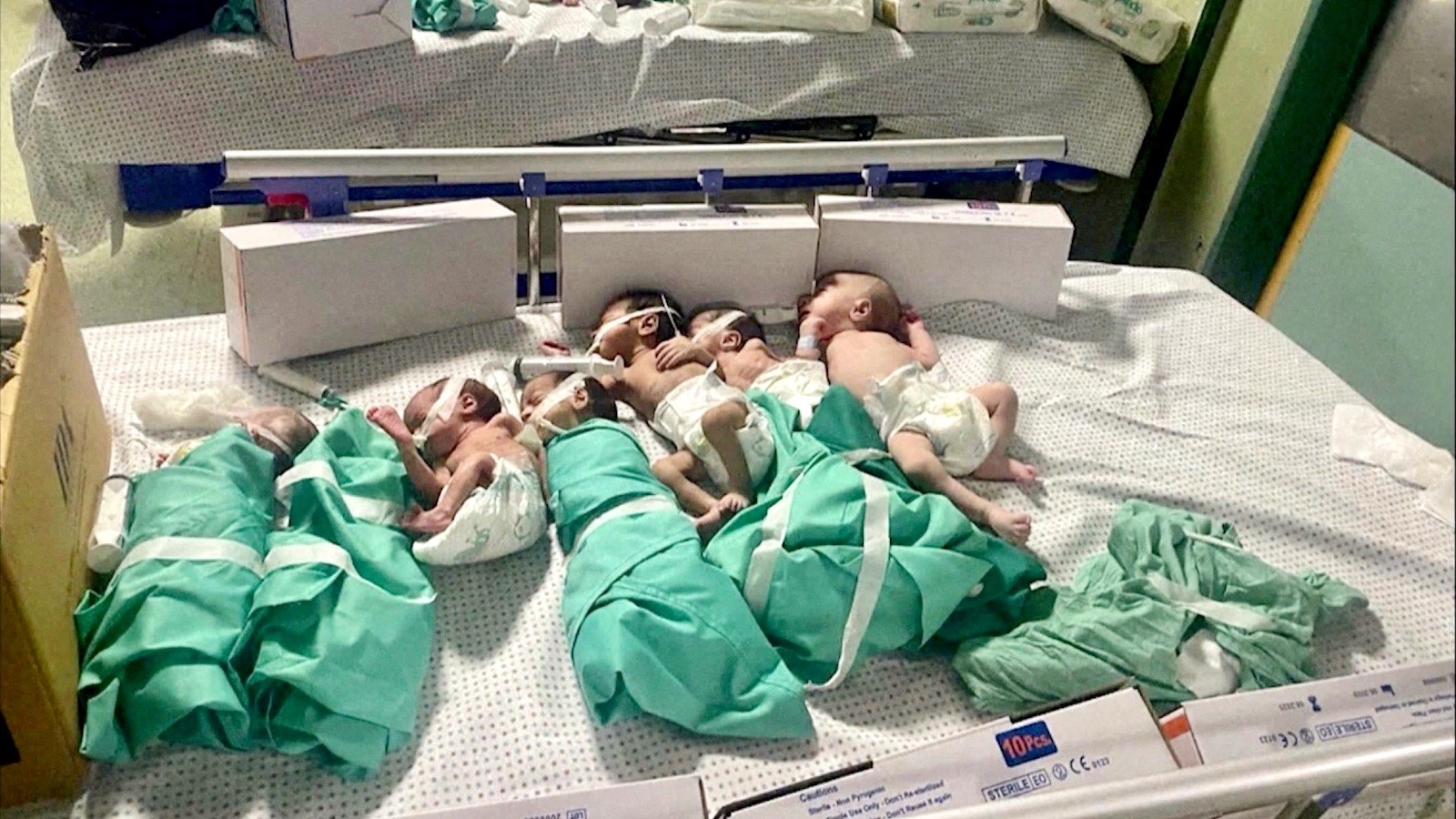
More than 10,000 Palestinians in Gaza, including more than 4,300 children, have been killed by Israeli airstrikes since Oct. 7.
Israeli Prime Minister Benjamin Netanyahu has repeatedly rejected a ceasefire, saying that Hamas will use the time to regroup.

Many countries and rights groups say Israel’s reasoning for bombing civilian areas does not justify its actions, given the huge number of civilians who have been killed.
Under international humanitarian law – also known as the rules of war – it is illegal for parties in a conflict to target hospitals, as well as people who are not taking part in the fighting, which includes civilians and medical workers.




